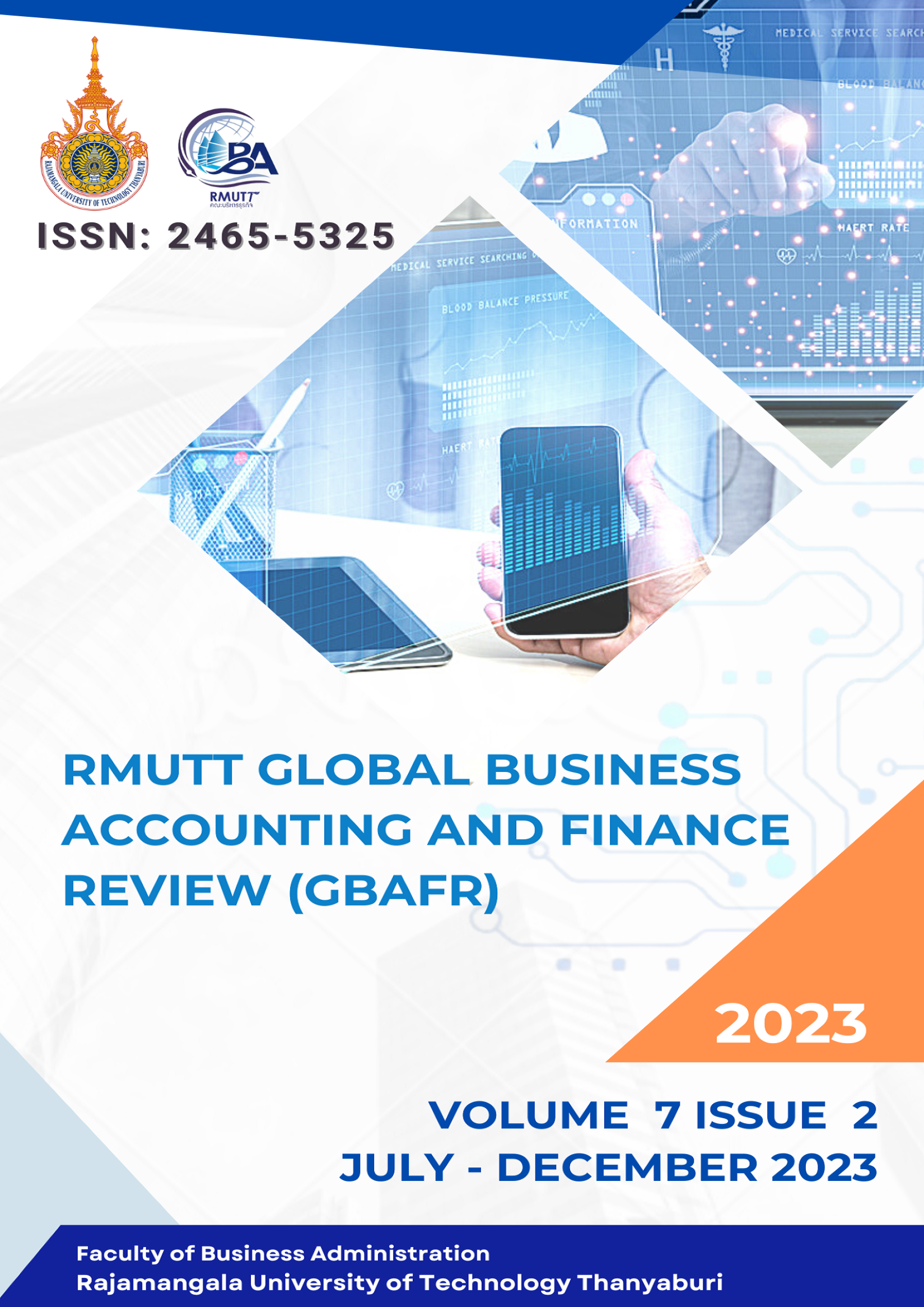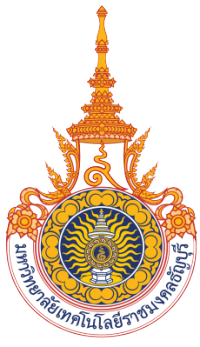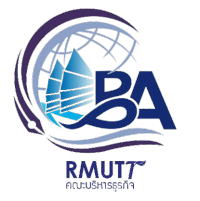[RETRACTED ARTICLE] CURRENT TRENDS IN STRATEGIC MANAGEMENT: A COMPARATIVE ANALYSIS OF SWOT AND SOAR APPROACHES
DOI:
https://doi.org/10.60101/gbafr.2023.269044Keywords:
SWOT, SOAR, Strategic management, Management toolAbstract
[RETRACTED ARTICLE]
References
Alvarez-Garcia, J., Carvajal-Trujillo, E., & Cuenca-Garcia, E. (2020). AI-enhanced SWOT analysis: A bibliometric analysis and research agenda. Technological Forecasting and Social Change, 155, 120061.
Andrade, J. F., Kalakou, S., & Lopes da Costa, R. (2023). Exploratory analysis of seaplane operations in Greece: insights of a survey and SWOT analysis. European Planning Studies, 31(4), 679–699.
Barney, J. B., & Hesterly, W. S. (2015). Strategic management and competitive advantage. Pearson.
Bertalan, D., & Chikan, A. (2019). Using SWOT and SOAR analysis in strategic decision making. Acta Universitatis Sapientiae, Economics and Business, 7(1), 45-64.
Biswas, S. (2017). Strengths-based strategic management: A review and research agenda. Journal of Strategy and Management, 10(2), 179-192.
Boal, K. B., & Hooijberg, R. (2000). Strategic leadership research: Moving on. The Leadership Quarterly, 11(4), 515-549.
Brockbank, W., & McGill, I. (2006). Appreciative inquiry: A tool for transformational learning. Management Learning, 37(4), 421-440.
Brown, S. L., & Eisenhardt, K. M. (1997). The art of continuous change: Linking complexity theory and time-paced evolution in relentlessly shifting organizations. Administrative Science Quarterly, 42, 1-34.
Bryson, J. M. (2018). Strategic planning for public and nonprofit organizations: A guide to strengthening and sustaining organizational achievement. John Wiley & Sons.
Bryson, J. M., & Alston, F. K. (2011). Creating and implementing your strategic plan: A workbook for public and nonprofit organizations. John Wiley & Sons.
Cameron, J. G., Kim, M., & Whetten, D. A. (2017). Organizational effects of ethical and procedural justice in strategic decision making. Academy of Management Journal, 60(6), 2200-2227.
Cameron, K. S., & Caza, A. (2004). Contributions to the discipline of positive organizational scholarship. American Behavioral Scientist, 47(6), 731-739.
Cameron, K. S., & Dutton, J. E. (2003). Positive organizational scholarship: Foundations of a new discipline. Berrett-Koehler Publishers.
Cameron, K. S., & Green, M. (2015). Making sense of the change-centric organization: a framework for researching the effectiveness of od, learning, and strategy practices. Organizational Dynamics, 44(1), 63-70.
Cameron, K. S., & Lavine, M. (2006). Making the impossible possible: Leading extraordinary performance—The Rocky Flats story. Leadership Quarterly, 17(1), 78-93.
Cameron, K. S., Dutton, J. E., & Quinn, R. E. (2003). Positive organizational scholarship. Berrett-Koehler Publishers.
Cameron, K. S., Dutton, J. E., & Quinn, R. E. (2011). Foundations of positive organizational scholarship. In C. Cooper & S. Cartwright (Eds.), The Oxford handbook of organizational well-being (pp. 10-19). Oxford University Press.
Chuang, H. M., & Huang, H. J. (2019). A novel hybrid model for SWOT analysis using fuzzy data. Omega, 83, 78-88.
Cohen, J. R., & Simnett, R. (2015). CSR and assurance services: A research agenda. Auditing: A Journal of Practice & Theory, 34(1), 59-74.
Cooperrider, D. L., & Srivastva, S. (1987). Appreciative inquiry in organizational life. Research in Organizational Change and Development, 1(1), 129-169.
Cooperrider, D. L., & Whitney, D. (2001). A positive revolution in change: Appreciative inquiry. Public Administration and Public Policy, 87-109.
Cooperrider, D. L., Whitney, D., & Stavros, J. M. (2003). Appreciative inquiry handbook. Brunswick, OH: Crown Custom Publishing.
Cooperrider, D. L., Whitney, D., & Stavros, J. M. (2008). Appreciative inquiry handbook: The first in a series of AI workbooks for leaders of change. Lakeshore Communications.
David, F. R. (2017). Strategic Management: Concepts and Cases. Pearson.
Deng, Z., Wang, D., & Wei, S. (2021). Globalization and strategic management: A review and research agenda. Journal of International Business Studies, 52(5), 680-700.
Dörfler, V., Cabanelas, P., & Heras-Saizarbitoria, I. (2016). SWOT or SOAR? Strategic planning in the face of a changing environment. Business Horizons, 59(6), 689-702.
Fathi, S., & Wilson, S. (2019). Analyzing SWOT to prioritize ICT projects: A case study of a public research university. Journal of Enterprise Information Management, 32(1), 19-34.
Friesner, T., & Saari, S. (2010). Assessing country-level geopolitical strengths and weaknesses: A new look at the SWOT framework. Management Decision, 48(9), 1467-1483.
Hammond, S. A., Morrow, J. E., Steinberg, R., & Jessup, L. (2011). SOAR: A new framework for curriculum development. Medical Education, 45(6), 596-605.
He, H. W., & Baruch, Y. (2010). An analysis of the strengths and limitation of qualitative and quantitative research paradigms. Problems and Perspectives in Management, 8(2), 233-240.
Helms, M. M., & Nixon, J. (2010). Exploring SWOT analysis – where are we now? A review of academic research from the last decade. Journal of Strategy and Management, 3(3), 215-251.
Hill, C. W., & Westbrook, R. (2020). SWOT analysis: It’s time for a product recall. Long Range Planning, 53(1), 101898.
Hill, T., & Westbrook, R. (1997). SWOT analysis: It's time for a product recall. Long Range Planning, 30(1), 46-52.
Houben, G., Lenie, K., & Vanhoof, K. (1999). A knowledge-based SWOT-analysis system as an instrument for strategic planning in small and medium sized enterprises. Decision support systems, 26(2), 125-135.
Humphrey, A. (2005). SWOT analysis for management consulting. SRI Alumni Newsletter. SRI International.
Humphrey, A. S. (1960s). Long range planning techniques. Stanford Research Institute.
Jacob, M., Eberl, P., & Häusler, N. (2017). Strengths and weaknesses of the SOAR framework - an overview of the research literature. International Journal of Business and Management, 12(8), 43.
Jacobs, G., & Dye, R. (2018). SOAR vs SWOT for strategy development. Strategy & Leadership, 46(6), 32-38.
Jacobsen, S. E., & Godemann, J. (2018). Sustainable development goals as a catalyst for business model innovation. Journal of Cleaner Production, 192, 736-744.
Johansson, F., Lemke, F., & Odenrick, P. (2018). Strategic planning in a volatile business environment: A multiple-case study of scenario planning at Swedish manufacturing companies. International Journal of Production Economics, 200, 241-253.
Kamkankaew, P., Phattarowas, V. ., Khumwongpin, S. ., Limpiaongkhanan, P., & Sribenjachot, S. (2022a). Increasing competitive environment dynamics and the need of hyper-competition for businesses. International Journal of Sociologies and Anthropologies Science Reviews, 2(5), 9–20.
Kamkankaew, P., Tantavichet, D., Churimas, S., Limphothong, S., Phattarowas, V., Khumwongpin, S., & Sanpatanon, N. (2022b). Digital accounting for the next future: stimulus, transition and journey. RMUTT Global Business Accounting and Finance Review, 6(2), 63–82.
Keramati, A., Afshari-Mofrad, M., & Hossainzadeh, M. (2020). Implementing SOAR model for sustainable competitive advantage in higher education institutes. Studies in Higher Education, 45(3), 600-617.
Khan, M. S., Shahzad, F., Qureshi, T. M., & Khan, M. H. (2020). Digital transformation and organizational performance: Role of big data analytics. Technological Forecasting and Social Change, 158, 120167.
King, T., Freyn, S., & Morrison, J. (2023). SWOT analysis problems and solutions: Practitioners’ feedback into the ongoing academic debate. Journal of Intelligence Studies in Business, 13(1), 30–42.
Laszlo, K., & Myers, J. A. (2010). Positive strategic management: Examining the intersection of positive psychology and strategic management. Business Horizons, 53(1), 3-16.
Li, M., Jin, G. Z., & Yuan, Y. (2018). SWOT analysis for promoting energy-saving and emission reduction policies in China. Energy Procedia, 152, 819-824.
Liedtka, J. M., & Rosenblum, J. W. (1996). Shaping conversations: Making strategy, managing change. California Management Review, 39(1), 141-157.
Ling, L. (2020). The management implications of SWOT & SOAR analysis of classroom dynamics: a case study in China. Organization Development Journal, 38(4), 23–39.
Lorange, P., & Vancil, R. F. (1977). Strategic planning systems. Prentice-Hall.
McAdam, R., & Brennan, M. (2007). Strategy and the quest for competitive advantage. Blackhall Publishing.
Miller, D., Peiperl, M. A., & Tushman, M. L. (2020). Innovation Ambition Matrix: A tool for defining, aligning, and assessing innovation goals. California Management Review, 62(1), 36-57.
Mintzberg, H., Ahlstrand, B., & Lampel, J. (1998). Strategy safari: A guided tour through the wilds of strategic management. Simon and Schuster.
Nag, R., Hambrick, D. C., & Chen, M. J. (2007). What is strategic management, really? Inductive derivation of a consensus definition of the field. Strategic Management Journal, 28(9), 935-955.
Nguni, S., & Sleegers, P. (2010). How can education contribute to sustainable human development? An analysis of the strengths and limitations of responses to the education for all (EFA) and Millennium Development Goals (MDG) agendas. Journal of Education for Sustainable Development, 4(1), 57-73.
Panagiotou, G. (2003). Bringing SWOT into focus. Business Strategy Review, 14(2), 8-10.
Pfeffer, J. (2010). Business education: Not an oxymoron. Harvard Business Review, 88(8), 25-28.
Pickett, S. T. (2007). Strengths and weaknesses of SOAR (Strengths, Opportunities, Aspirations, Results) as a framework in conservation and ecosystem sustainability. Conservation Biology, 21(4), 872-874.
Porter, M. E. (1980). Competitive strategy: Techniques for analyzing industries and competitors. Free Press.
Porter, M. E., & Kramer, M. R. (2019). Creating shared value. Harvard Business Review, 97(1), 62-77.
Puyt, R. W., Lie, F. B., & Wilderom, C. P. M. (2023). The origins of SWOT analysis. Long Range Planning, 56(3), N.PAG.
Rigby, D. K., & Bilodeau, B. (2019). Management tools and the future of work. Harvard Business Review, 97(5), 88-96.
Rogers, S., Dietz, G., & Dutton, J. E. (2016). Positive organizational scholarship in action: The SOAR community of practice. Organizational Dynamics, 45(3), 199-207.
Rothaermel, F. T., & Deeds, D. L. (2004). Exploration and exploitation alliances in biotechnology: A system of new product development. Strategic Management Journal, 25(3), 201-221.
Schwandt, D. R. (2007). One-time surveys for natural resource management: strengths, weaknesses, and lessons from forestry. New Zealand Journal of Forestry Science, 37(1), 107-129.
Schwartz, R. W., Tumblin Jr, T. F., & Ponto, J. (2017). SOAR analysis: A positive approach to designing patient-centered care. Patient Education and Counseling, 100(9), 1658-1662.
Snyder, C. R., & Lopez, S. J. (2009). Oxford Handbook of Positive Psychology. Oxford University Press.
Srisatanon, P. (2022). Characteristics of entrepreneurs under volatility, uncertainty, complexity, and ambiguity situations (VUCA). Rajapark Journal, 16(49), 130–145.
Stark, J. (1994). Product lifecycle management: 21st century paradigm for product realisation. International Journal of Production Economics, 38(1), 3-9.
Stavros, J. M., & Hinrichs, G. (2009). The SOAR Handbook: A Guide for Strengths-Based Strategy. Berrett-Koehler Publishers.
Stavros, J. M., & Hinrichs, G. (2009). The SOARing twenties: A positive psychology and appreciative inquiry approach to consulting with organizations. The Journal of Applied Behavioral Science, 45(3), 384-407.
Stavros, J. M., & Hinrichs, G. (2009). The Thin Book of SOAR: Building Strengths-Based Strategy. Thin Book Publishing Company.
Stavros, J. M., Cooperrider, D., & Kelley, D. L. (2007). Strategic inquiry appreciative intent: Inspiration to SOAR. The Corporation for Positive Change, Weatherhead School of Management, Case Western Reserve University.
Stead, W. E., Stead, J. G., & Starik, M. (2000). An integrative model for understanding and managing ethical behavior in business organizations. Academy of Management Review, 25(4), 828-838.
Sullivan, J. M. (2017). Seeing Trees in a Forest: A SOAR Approach to Strategic Planning. Strategy & Leadership, 45(6), 29-34.
Sweeney, J. (2010). Dynamic SWOT analysis: Integrating the external and internal environments. International Journal of Management & Information Systems, 14(5), 29-36.
Thomas, J. B., & McAdam, R. (2004). From practice to theory: A long way?. International Journal of Management Reviews, 5(4), 277-290.
Veliyath, R., & Fitzgerald, P. (2000). SWOT analysis and the resource-based view of the firm. Management Decision, 38(9), 642-649.
Weihrich, H. (1982). The TOWS matrix—A tool for situational analysis. Long Range Planning, 15(2), 54-66.
Wheelen, T. L., Hunger, J. D., Hoffman, A. N., & Bamford, C. E. (2017). Strategic management and business policy. Pearson.
Whitney, D., & Trosten-Bloom, A. (2003). The power of appreciative inquiry: A practical guide to positive change. Berrett-Koehler Publishers.
Wit, B., & Meyer, R. (2010). Strategy process, content, and context: An international perspective. Cengage Learning EMEA.
Yontar, E., & Derse, O. (2023). Evaluation of sustainable energy action plan strategies with a SWOT/TWOS-based AHP/ANP approach: a case study. Environment, Development & Sustainability, 25(6), 5691–5715.
Downloads
Published
How to Cite
Issue
Section
License
Copyright (c) 2023 Faculty of Business Administration, Rajamangala University of Technology Thanyaburi

This work is licensed under a Creative Commons Attribution-NonCommercial-NoDerivatives 4.0 International License.









